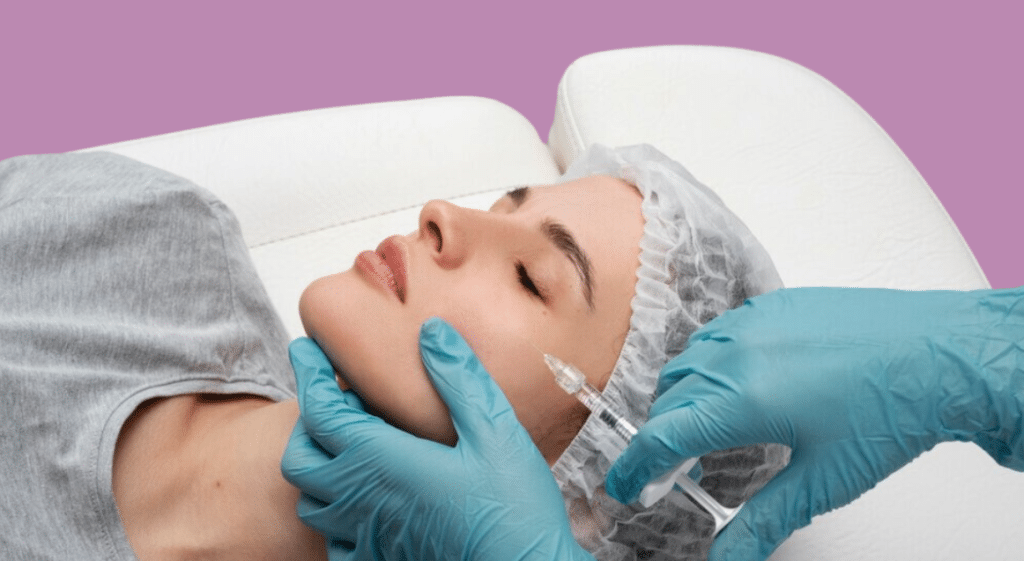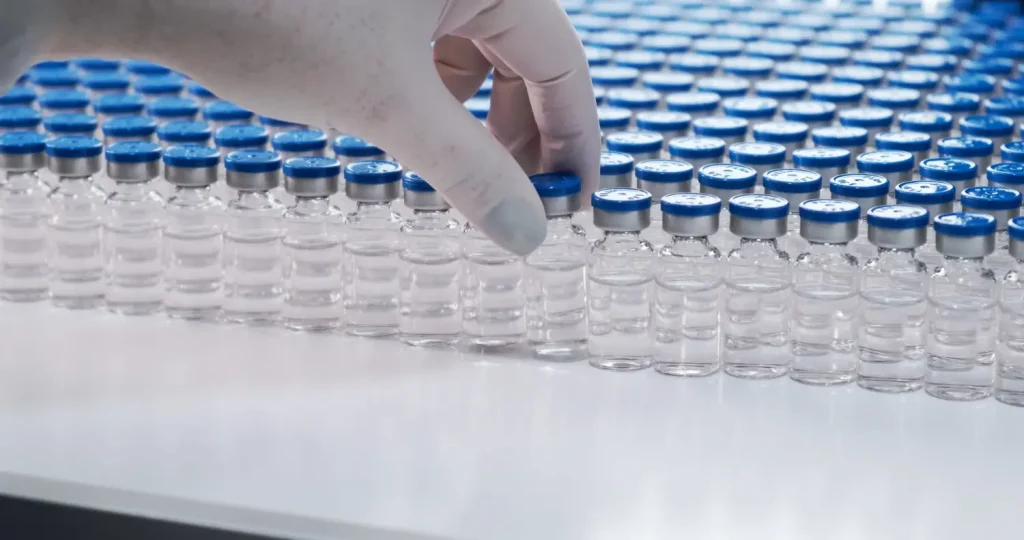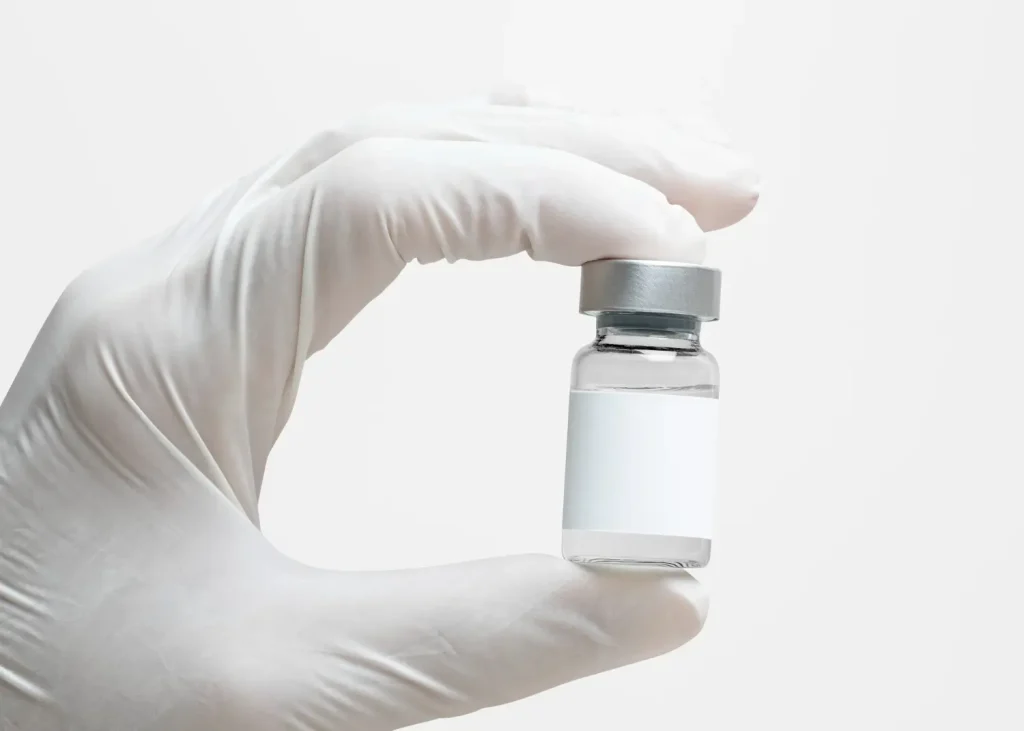According to the Mayo Clinic, Botox has emerged as a versatile solution for cosmetic enhancements and various medical conditions. Botox’s application extends beyond aesthetic improvements, including relief from chronic migraines, muscle spasms, and excessive sweating.
This evolution of Botox mirrors a more significant societal shift in the perception of beauty and the aging process. As the leading non-surgical aesthetic procedure, it represents a substantial part of the cosmetic industry, with an expansive market and a broad demographic reach.
In this article, we delve into the multifaceted benefits and potential limitations of Botox, navigating through the ongoing discussion regarding its role as either a temporary fix or a sustainable approach to managing the signs of aging.
Key Takeaways
- Botox serves multiple purposes beyond cosmetics, treating conditions like chronic migraines and muscle spasms by blocking muscle nerve signals.
- Its effects last 3 to 4 months, and longevity is affected by various factors. Regular treatments are necessitated for lasting results.
- With consistent use, Botox offers long-term advantages as a preventive aging measure, such as relaxed facial muscles and delayed wrinkle formation.
- Botox provides a quick, effective, non-surgical option for managing dynamic wrinkles. It requires an ongoing investment of time and money for upkeep.
- Patients considering Botox need realistic expectations and should discuss their goals and situation with a healthcare professional to assess suitability.
- Unveil the transformative power of Botox: Can Botox make your face slimmer? Delve into this question as we explore the potential of Botox injections in sculpting and refining facial contours for a sleeker appearance.
Botox Basics
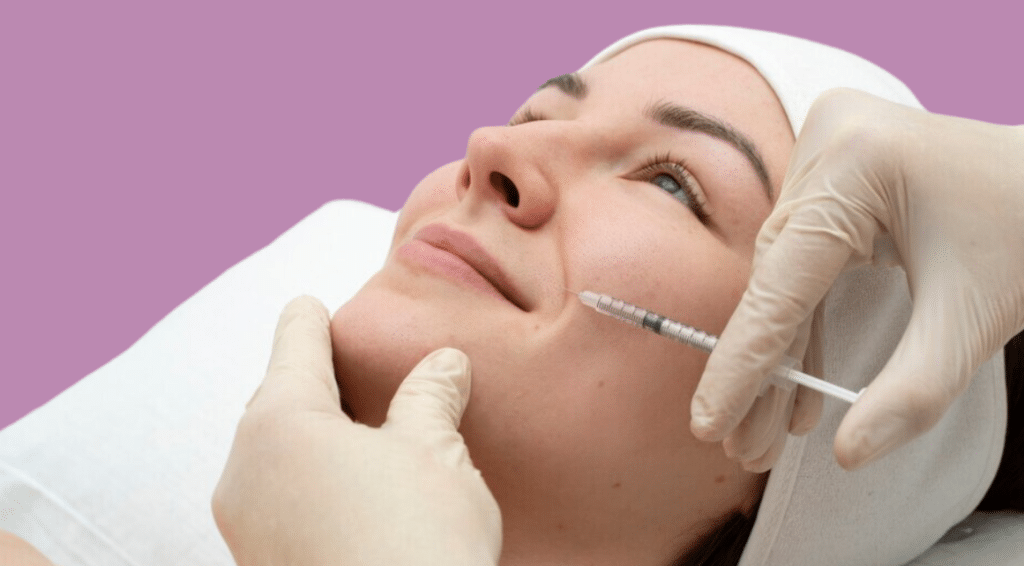
Dive into the essentials of Botox, from its basic definition to the underlying mechanism of how it works in the body.
What is Botox?
Botox, officially named Botulinum toxin, is derived from a bacterium called Clostridium botulinum. This potent neurotoxin temporarily paralyzes muscles by blocking the neurotransmitter acetylcholine at neuromuscular junctions. Although high doses can lead to botulism, a severe illness, Botox is safely used in controlled quantities for treating various medical conditions and for cosmetic enhancements.
In the world of cosmetic enhancements, the question “Does Botox improve skin texture?” has become increasingly relevant. Botox, renowned for its wrinkle-smoothing effects, also boasts impressive benefits for skin texture refinement. By targeting underlying muscles and reducing repetitive facial movements, Botox effectively diminishes fine lines and wrinkles, resulting in a smoother, more refined complexion. Moreover, Botox stimulates collagen production, enhancing skin elasticity and firmness, thus further augmenting overall texture. With its proven ability to rejuvenate skin, Botox stands as a versatile solution, offering individuals the opportunity to achieve both youthful radiance and improved skin texture.
How Botox Works
Botox operates by precisely obstructing the signals that nerves send to muscles, effectively halting muscle contraction. This intervention smooths out wrinkles and can significantly mitigate symptoms associated with muscle-related health issues.
Its versatility allows it to treat conditions characterized by overactive muscles, such as cerebral palsy, post-stroke spasticity, and chronic eyelid spasms, offering relief from discomfort and improving the quality of life for many patients.
The Temporality of Botox Effects
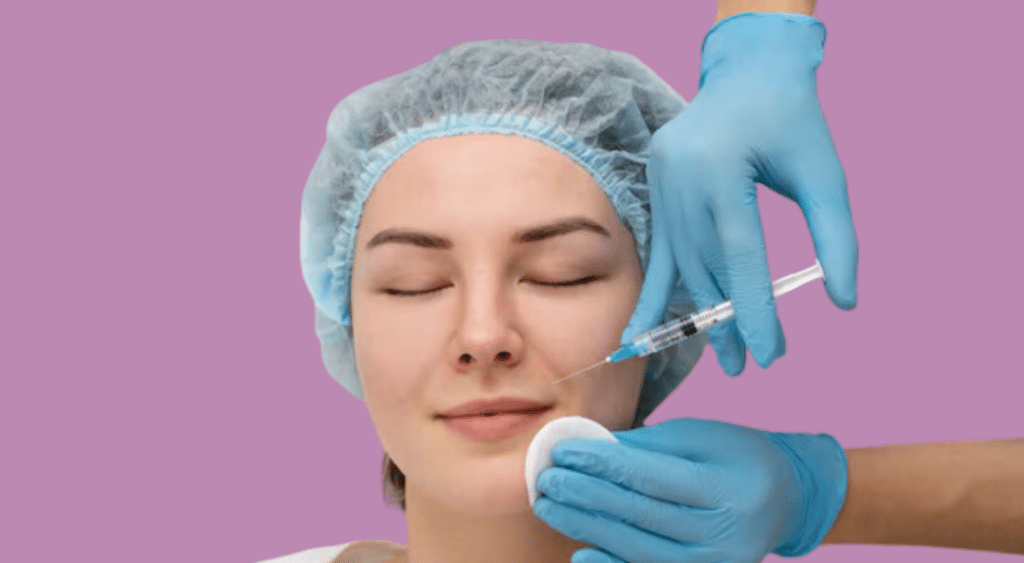
Explore the temporary nature of Botox, understanding how long its effects last and the factors that influence the duration of its benefits.
Duration of Botox Results
The effectiveness of Botox becomes noticeable a few days after the injection, with results lasting 3 to 4 months. This duration can fluctuate based on factors like the treatment area and the individual’s physiological response to Botox. Variations in outcomes highlight the personalized nature of Botox treatments, influencing how long the smoother, rejuvenated appearance is maintained.
Factors Influencing Longevity of Results
Several factors can influence how long the effects of Botox last, including the individual’s age, the elasticity of their skin, and the depth of their wrinkles. Additionally, the specific area treated and the dose of Botox administered play significant roles in the longevity of the results. Regular maintenance treatments can help prolong the effects.
Botox as a Temporary Fix
Discover the immediate impact Botox can have on improving your appearance and the ongoing need for maintenance sessions to preserve these effects.
Immediate Benefits of Botox
Botox injections block chemical signals causing muscles to contract, and they are primarily used to relax facial muscles that lead to frown lines and wrinkles. Beyond cosmetic uses, Botox eases symptoms of several medical conditions but isn’t a cure. It starts working 1 to 3 days after treatment, with effects lasting about 3 to 4 months, necessitating regular follow-ups for maintained results.
Limitations and Need for Repeated Sessions
Botox’s effects are not permanent, requiring retreatment every 3-4 months to maintain results. While beneficial, it’s crucial to use Botox judiciously; excessive treatments can alter physical appearance significantly and may lead to muscle paralysis. Moderation is vital to avoid such outcomes and ensure the longevity of Botox’s aesthetic benefits.
The Potential for Long-Term Benefits
Explore how consistent Botox treatments can offer lasting enhancements, not just for your skin’s appearance but also for its health and vitality over time.
Cumulative Effects of Regular Treatments
Regular Botox treatments offer long-term advantages beyond immediate wrinkle smoothing. Over time, these treatments can teach facial muscles to remain relaxed, leading to fewer and less noticeable new wrinkles.
This process also enhances skin elasticity through increased collagen production, contributing to a more youthful appearance and potentially delaying the development of dynamic wrinkles due to repetitive facial expressions.
Preventative Use of Botox
Initiating Botox treatments at a younger age offers a strategic advantage for preserving a youthful complexion and postponing the appearance of dynamic wrinkles. By reducing muscle contractions that lead to skin creasing with facial movements, Botox is a preventive measure against the early signs of aging, ensuring a smoother and fresher facial appearance.
Emotional Well-Being and Botox Benefits
The connection between Botox and emotional well-being extends beyond cosmetic enhancements, offering significant psychological benefits. While regular Botox users often report improved self-esteem and decreased anxiety related to their appearance, it’s essential to consider Botox‘s emotional side effects. This boost in confidence can enhance overall mental health as individuals feel more comfortable and satisfied with how they present themselves to the world.
Comparing Botox to Other Treatments
Explore how Botox stands up against surgical and non-surgical cosmetic procedures, highlighting its unique benefits and considerations.
Botox vs. Surgical Solutions
Botox offers a noninvasive alternative to surgery, effectively reducing the appearance of wrinkles and fine lines without the risks and downtime associated with surgical procedures. While surgical solutions provide long-lasting results, a more comprehensive solution to aging signs involves more extensive recovery periods. With its minimal downtime, Botox appeals to those seeking immediate and less invasive options.
Botox vs. Other Non-Surgical Treatments
Botox distinguishes itself from other non-surgical treatments like dermal fillers by targeting muscle activity that causes wrinkles rather than filling them. It’s a preferred option for dynamic wrinkles caused by facial expressions. Botox directly addresses muscle contractions to smooth out lines, compared to microneedling or chemical peels, which focus on skin texture and tone.
Patient Considerations and Decisions
Delve into the critical aspects prospective Botox patients should consider, from setting realistic expectations to understanding the financial and time commitments involved.
Assessing Individual Goals and Expectations
When considering Botox, individuals must consult a qualified healthcare professional to discuss their aesthetic goals and determine whether it can deliver the desired results. Factors such as age, skin condition, and specific concerns like wrinkles and sagging or medical conditions like chronic migraines and hyperhidrosis play a significant role in determining the appropriateness of Botox treatments.
Understanding the Financial and Time Commitment
Botox requires an ongoing commitment financially and in terms of time, as the effects typically last three to six months. Patients must plan for regular sessions to maintain their results.
The cost of Botox can vary based on the area treated, the number of units required, and the geographical location. While more affordable than surgical options, Botox is an investment in appearance and confidence.
Conclusion
Botox represents a significant advancement in cosmetic and medical treatments, offering a versatile and effective solution for various conditions and aesthetic concerns. Its temporary effects necessitate ongoing treatments to maintain results, highlighting the importance of moderation and professional guidance.
As a non-surgical option, Botox is relatively accessible and convenient for individuals seeking to enhance their appearance or manage certain medical conditions. Botox has potential long-term benefits for skin health and appearance when used responsibly.
FAQs
- What are the primary uses of Botox?
Botox is used for cosmetic improvements like smoothing wrinkles and medical conditions such as chronic migraines, muscle spasms, and excessive sweating.
- How long do the effects of Botox last?
The effects of Botox generally last between 3 to 4 months, depending on various individual factors.
- Can regular Botox treatments provide long-term benefits?
Yes, regular Botox treatments can offer long-term benefits, including reduced formation of new wrinkles and improved skin elasticity.
- Is Botox a permanent solution for wrinkles?
Botox is not a permanent solution; it requires ongoing treatments every 3 to 4 months to maintain its effects.
- What should I consider before getting Botox?
Before getting Botox, consider your aesthetic goals, skin condition, and financial and time commitments. Consult with a qualified healthcare professional.
References
Mayo Foundation for Medical Education and Research. (n.d.). Botox injections. Mayo Clinic. Retrieved from https://www.mayoclinic.org/tests-procedures/botox/about/pac-20384658
Cleveland Clinic. (n.d.). Botulinum toxin injections. Retrieved from https://my.clevelandclinic.org/health/treatments/8312-botulinum-toxin-injections
Veraitch, O. (n.d.). Botox: Benefits, risks, and results. Top Doctors. Retrieved from https://www.topdoctors.co.uk/medical-articles/botox-benefits-risks-and-results
Derm Collective. (n.d.). Botox Cosmetic: Benefits, Uses, Comparisons, Cost. Retrieved from https://dermcollective.com/botox-cosmetic/

